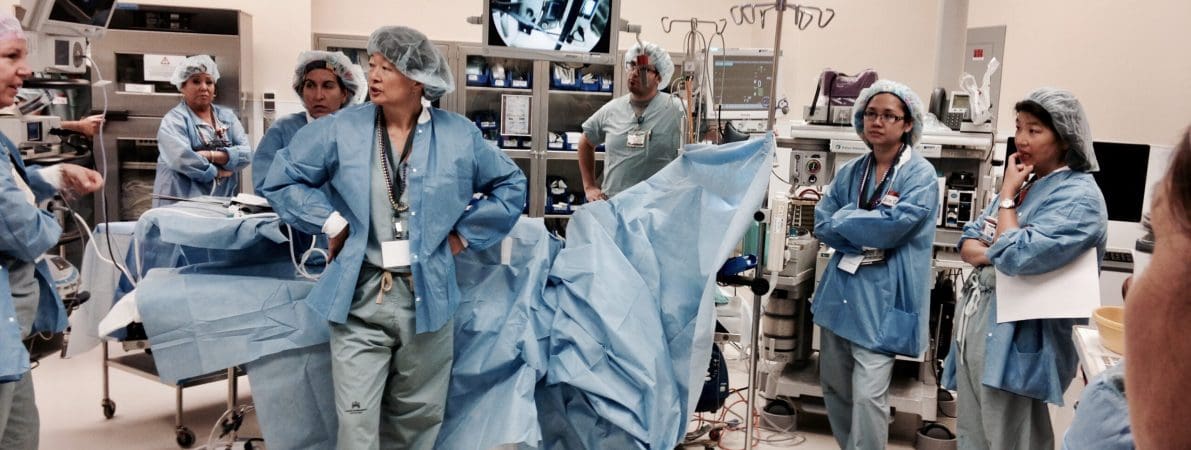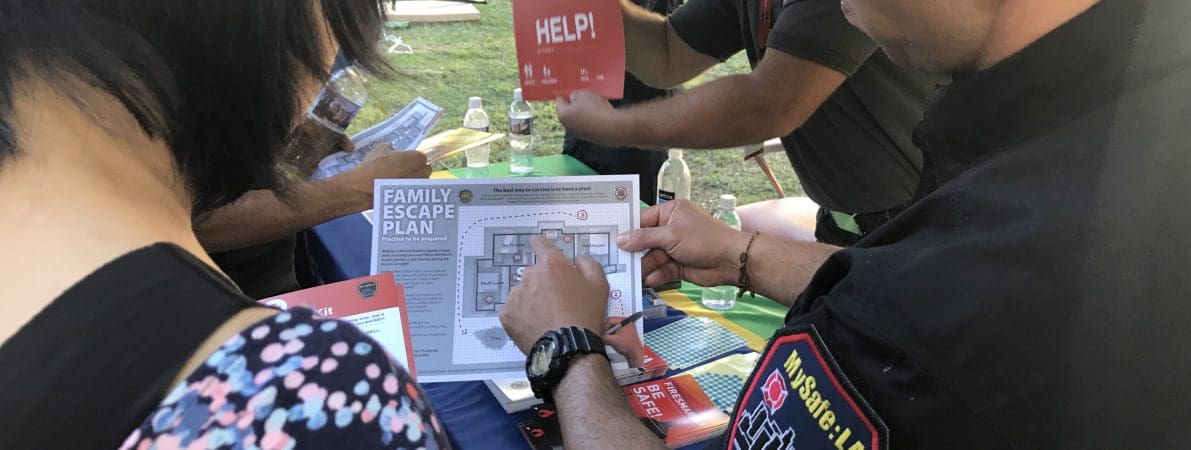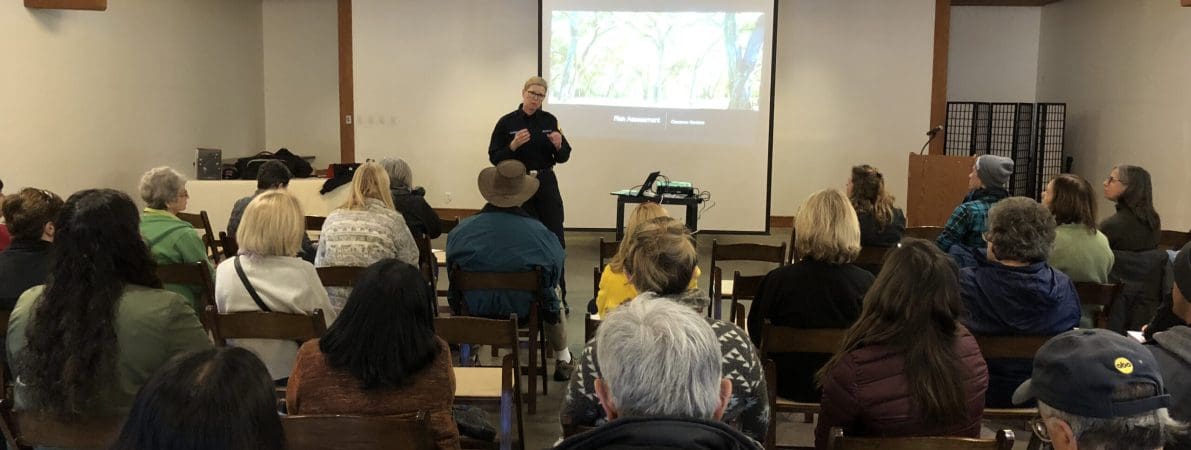Being Better Prepared
While first responders are trained to respond to calls from the public, there are instances where fire, EMS, and police may not be able to respond. Being better prepared means knowing how to survive, when help isn’t available.

Community Risk Reduction

Not a "smoke alarm" program
Community risk reduction is a process – not a thing. How it’s implemented can create an important impact on a community and if pursued with focus and vigor can create a more resilient and safer environment for people – both at work and at home.
In reality, CRR is becoming a standard across the U.S., notably within fire departments that implement what is called, “standards of cover.” Part of getting that certification is to operate a CRR Unit (at the very least).
The Los Angeles Fire Department has been involved in CRR for decades (long before the name emerged). They might not have realized it. Shortly after the civil disturbance called the “Watts Riots” took place in 1965, the Fire Chief determined that the LAFD could respond more effectively if they grouped a series of apparatus together. By assigning a Fire Engine, a Ladder Truck, and a second engine specifically for pumping water, the LAFD believed it could knock down fires faster, as well as mitigating other emergency situations. They were right, and the “task force” concept is still in effect today.
In 2016, the LAFD began a new program wherein a Nurse Practitioner would be a member of an ambulance crew. When arriving on scene, the NP could manage patient care and when appropriate, could release the patient (EMTs and Paramedics cannot). The result has been increased availability of emergency resources to respond to 911 calls in high density in-demand sections of the city.

MySafe:LA's Approach
The Community Risk Reduction process involves much more than responding, or even teaching. Who is involved? What type of community is it?
MySafe:LA looks at each neighborhood, each museum, each corporation, each school as a community. Our teams understand how to take all of the issues related to resilience and to break them down into meaningful and usable steps that allow those “communities” to be better prepared for a disaster.
We develop emergency operations plans for museums, libraries, and corporations.
We create public safety fairs, where we teach CPR, bleeding control, and scene safety.
We teach high school students (and the public) hands-only CPR.
We teach elementary school students about fire safety and earthquake survival.
We create “Disaster Decathlons” for older adult and apartment/home communities.
Can we help your community to be more resilient? Call us. It’s our job.
Join our wildfire updates
Stay up-to-date with Wildfire:LA activities!

